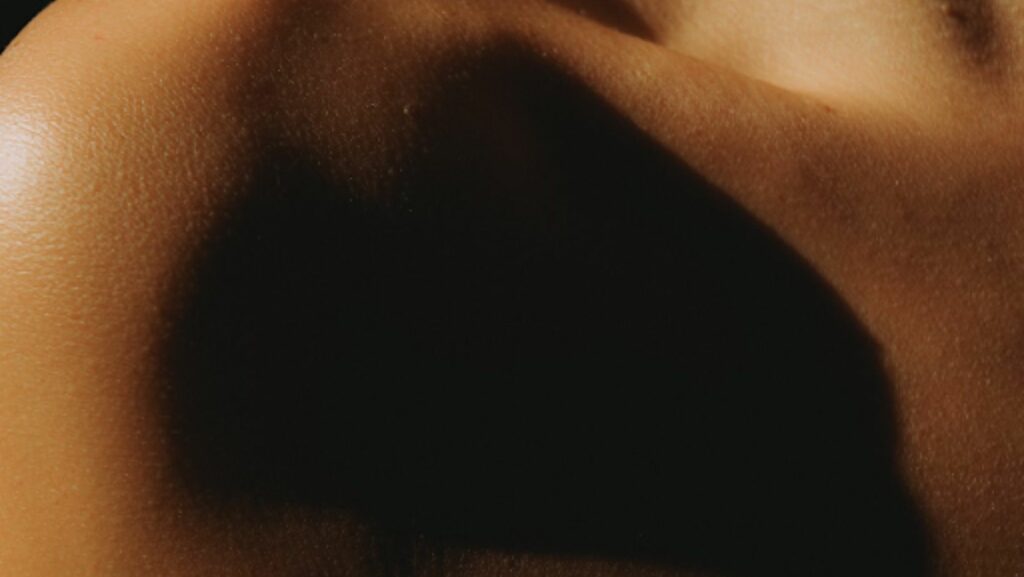
Do you struggle with dull, uneven skin or frequent breakouts? Do you need to figure out what skincare products are best for your unique needs, not just the trendy ones? If so, this blog post is here to help! With a few careful steps and understanding your skin type, you can unlock the secret to achieving healthier-looking skin. Keep reading as we provide insight on how to get glowing, radiant complexions and feel confident in your skin again.
Photofacial, Anti-aging, and Skin Resurfacing
One of the first steps to achieving healthier-looking skin is understanding the different types of treatments available. Photofacial, anti-aging, and skin resurfacing treatments are popular for improving overall complexion and addressing specific concerns. Each treatment has its benefits and can be tailored to your individual needs. The team behind Tribella treatment says that utilizing all three simultaneously can provide even better results. This is a great option for those looking to improve their skin’s appearance significantly. Just like any other treatment, it’s important to consult with a dermatologist or skincare professional before undergoing these procedures to ensure safety and effectiveness.
Understanding Your Skin Type
Knowing your skin type is key in selecting the right products and treatments for healthier-looking skin. Skin may be classified into five primary types: combination, oily, dry, normal, and sensitive. Each type requires different care and products, so it’s crucial to determine your skin type before diving into a skincare routine. Consult a dermatologist or do some research to determine which category your skin falls under. This will help you make more informed decisions when selecting skincare products and treatments.
The Importance of Hydration
Hydration plays an influential role in the health of your skin. Well-hydrated skin appears bright, smooth, and vibrant. Drinking plenty of water and using hydrating skincare products help maintain the skin’s natural moisture balance, preventing dullness, flakiness, and the premature onset of fine lines and wrinkles. It’s also important to note that all skin types, even oily skin, need hydration. Dehydrated skin can overproduce oils to compensate for the lack of moisture, leading to more breakouts. Therefore, remember to hydrate inside and out for a healthier, radiant complexion.
Sun Protection Strategies
Protection from the sun is a critical component of a healthy skincare routine. Overexposure to the sun’s ultraviolet (UV) rays can cause premature aging, hyperpigmentation, and even skin cancer. Here are a few effective sun protection strategies:
- Apply a Broad-Spectrum Sunscreen: This type offers protection from UVA and UVB radiation. Choose a sunscreen with an SPF of at least 30 and apply generously to all exposed skin.
- Reapply Regularly: Sunscreen should be reapplied every 2 hours or immediately after sweating or swimming.
- Seek Shade: When the sun’s rays are the strongest (between 10 a.m. and 4 p.m.), try to find a shady spot or wear protective clothing.
- Wear Protective Clothing: Long-sleeved shirts, long pants, and wide-brimmed hats can provide extra protection against the sun.
- Wear Sunglasses: Protect your eyes and the sensitive skin by wearing sunglasses that block 100% of UVA and UVB rays.
Remember, sun protection is necessary year-round, not just during the summer. Even on cloudy days, up to 80% of the sun’s harmful UV rays can penetrate your skin. Stay vigilant and protect your skin daily to maintain its health and vitality.
Image source:https://unsplash.com/photos/persons-skin-on-brown-textile-ePjsBXSsXTg
Exfoliation Techniques
Exfoliation is a key strategy in maintaining healthy, glowing skin. It involves removing the top layer of dead skin cells, which can make your complexion look dull and contribute to breakouts by clogging pores. There are two primary types of exfoliation: mechanical and chemical.
Mechanical Exfoliation: This technique involves physically removing dead skin cells using a scrub, a brush, or other exfoliating tools. It’s important to use a gentle touch to avoid damaging your skin. The frequency of mechanical exfoliation depends on your skin type. Those with sensitive skin should limit this to once a week, while those with oily or normal skin can do it two to three times per week.
Chemical Exfoliation: Chemical exfoliants like alpha and beta hydroxy acids (AHAs and BHAs) work by dissolving the bonds between dead skin cells so they can be easily washed away. AHAs, which include glycolic and lactic acid, are water-soluble and work on the skin’s surface. They’re great for dry or sun-damaged skin. BHAs, like salicylic acid, are oil-soluble and penetrate deeper into the pores, making them perfect for oily and acne-prone skin.

In conclusion, achieving healthier-looking skin requires understanding your skin type, using the right products and treatments, staying hydrated, protecting yourself from the sun, and exfoliating regularly. With consistency and patience, you can unlock the secret to radiant, glowing skin that will make you feel confident and beautiful. Remember to consult with a dermatologist or skincare professional for personalized recommendations and advice tailored to your unique needs.












